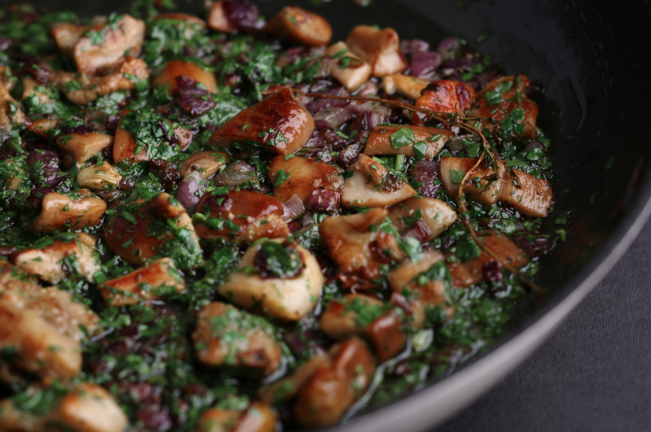Is Bulletproof Making You Fat?

You may have heard about a study condemning a Paleo-style, high-fat, low-carb (HFLC) diet. Reports like of the diet have the same takeaway message: HFLC diets don’t actually work. A study has shown that they cause obesity and other health problems. The consensus seems to be that celebrities and charlatans drive the success of HFLC dieting, and if you value your health you should stick with a low-fat diet.
Well, hold on a second. Let’s take a closer look at this study before giving up on Bulletproof, Paleo, Primal, and other HFLC ways of eating. The study is currently free online; you can read it in its entirety here.
The authors fed mice one of two diets:
- A low-fat diet consisting of 70% carbohydrates, 20% protein, and 10% fat
- A high-fat diet consisting of 6% carbohydrates, 13% protein, and 81% fat
The mice fed the high-fat diet didn’t fare too well; they saw greater weight gain, decreased glucose tolerance, and more insulin resistance. Basically, they were in the fast lane to diabetes and obesity.
But before you ditch fat and start upping your carbs, consider a few details about the study that many reports overlooked:
- The study was in mice. Mice eat a lot of grains in the wild, so they generally tolerate carbs better than humans do, but they don’t respond too well to fat – especially when, like in this study, they’re New Zealand Obese (NZO) mice. NZO mice are genetically modified to become rapidly obese, suffer poor glucose tolerance, and develop heart and fatty liver issues. Oh, and the mice were pre-diabetic when the study started.
- The breakdown of the “Paleo” diet is, frankly, a joke.
- 100% of the carbs come from sucrose. That’s refined table sugar.
- Much of the fat comes from cacao and ghee, so the authors get points there, but a sizeable portion of the fat comes from inflammatory canola oil. Bleh.
- The protein is entirely from casein, which, in addition to being inflammatory in mice, is refined and nutritionally pretty empty.
- The fiber comes from cellulose. That’s paper. Gut bacteria don’t do much with paper. They prefer prebiotic fiber found in veggies and whole foods.
- The poor nutritional value of the carbs, fats, and protein led the researchers to supplement the LCHF diet with 9 different vitamin and mineral supplements.
- The low-fat diet does not follow the same pattern.
- It contains fish meal, wheat, beef fat, soybean meal, milk powder, molasses, and a small dusting of trace minerals.
- There’s barely any refined sugar; the vast majority of the carbs come from wheat, which is what mice have evolved to eat in the wild.
TL;DR: the “Paleo” diet is full of super-refined, inflammatory ingredients. Part of the fat is from canola oil, all of the protein is from isolated casein, and all of the carbs are from table sugar.
This study is a hallmark case of bias. You’re feeding pre-diabetic, genetically modified mice super-refined, inflammatory ingredients, with table sugar to make up all of their carbs, then taking your results to the news claiming that a Paleo diet makes people fat.
Ironically, the low-fat diet sounds more Paleo: relatively unrefined, nutrient-rich foods, only 2% of carbs from sugar, and most of the nutrition coming from the food the animal has evolved to eat in the wild (in this case, wheat for mice).
Very skewed science with very questionable conclusions. If you’re eating a true Bulletproof/Paleo diet – that is, a diet full of whole foods, quality fats, anti-inflammatory compounds, and minimal refined sugars – then this study has nothing to do with you. Keep thriving.



